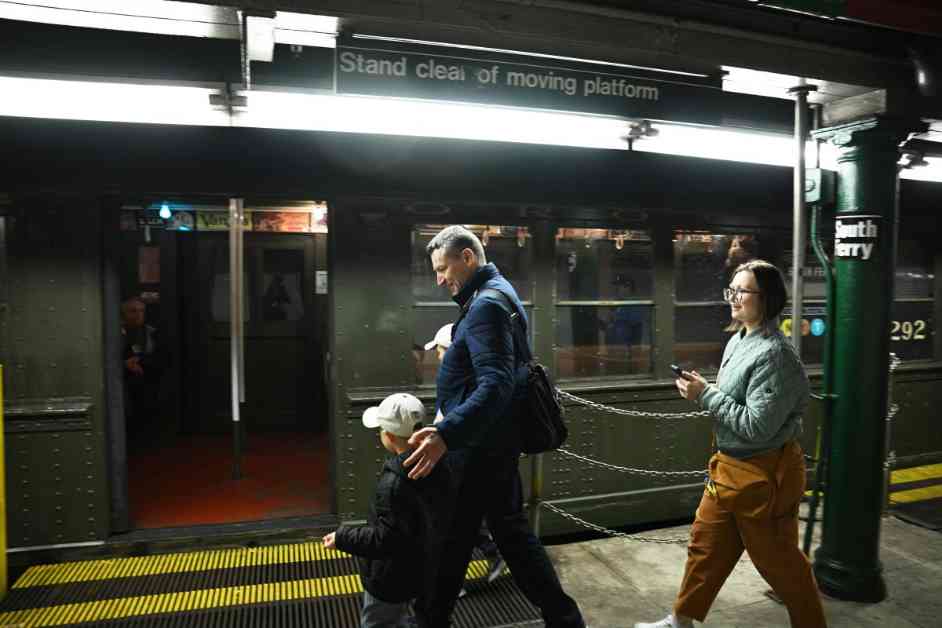On October 27, 2024, New York City celebrated the 120th anniversary of the opening of its underground subway system. This marked a significant milestone in the city’s history, as the subway played a crucial role in shaping the development of New York over the past century.
Looking back at the history of the subway, it is clear that it has been a vital part of the city’s growth. The subway system allowed for the expansion of residential areas in Queens, Brooklyn, and the Bronx, as people could live further from the central city and still have easy access to Manhattan for work. The subway transformed entire sections of New York and was instrumental in consolidating the five boroughs into what we now know as New York City.
Over the years, the subway system has undergone significant changes and expansions. What started as a 9-mile track with 28 stations in 1904 has grown to 665 miles of railroad with 472 stops today. The subway has faced financial challenges and periods of deterioration, but it has remained a vital lifeline for New Yorkers, carrying millions of riders each day.
Despite its age, the subway continues to be a symbol of New York City’s resilience and adaptability. As the city looks towards the future, many believe that the subway will remain a cornerstone of New York’s transportation infrastructure. The subway’s history and heritage were celebrated with special “nostalgia rides” on vintage trains, giving riders a glimpse into the past and a chance to reflect on the subway’s legacy.
As the city continues to evolve, the subway will likely undergo further changes and updates to meet the needs of a growing population. The challenges of maintaining an aging system are significant, but the MTA is committed to keeping the subway running smoothly for years to come. The subway’s rich history and cultural significance make it a beloved icon of New York City, and it will undoubtedly remain a vital part of the city’s identity for many years to come.

